Tambraparni barb - Dawkinsia tambraparniei
Scientific name: Dawkinsia tambraparniei
Common name: Tambraparni barb
Family: Cyprinidae
Usual size in fish tanks: 8 - 10 cm (3.15 - 3.94 inch)
014
Recommended pH range: 6 - 7.3
Recommended water hardness: 5 - 16°N (89.29 - 285.71ppm)
0°C 32°F30°C 86°F
Recommended temperature range: 20 - 26 °C (68 - 78.8°F)
The way how these fish reproduce: Spawning
Where the species comes from: South Asia
Temperament to its own species: peaceful
Temperament toward other fish species: peaceful
Usual place in the tank: Middle levels
General Information
Tambraparni Barb (Dawkinsia tambraparniei, syn. Puntius tambraparniei) is a lively, peaceful cyprinid endemic to the Tamiraparani/Tambraparni River basin in southern India. In nature it inhabits gently flowing river sections with rocky substrate. Adults reach around 8–10 cm in aquaria (literature maxima ~12–13 cm SL). Keep in a larger school (8–10 ) for natural behavior and reduced stress. Taxonomy note: the species was moved to the genus Dawkinsia as part of a revision of the “arulius/filamentosus complex.”
Food & Feeding
Omnivore with a taste for small animal prey. Use high-quality micro-flakes/fine granules as a base and regularly rotate frozen and live foods (baby brine shrimp, daphnia, cyclops, finely chopped bloodworms). Small portions 2–3× daily keep colors bright without overloading the water. A bit of plant matter (spinach, spirulina) supports digestion.
Sexing
Males are slimmer and more intensely colored; during spawning they may show enhanced spots/bars and slight extension of dorsal-fin rays (as in related Dawkinsia). Females are fuller in the abdomen. Juveniles are difficult to sex reliably.
Breeding
A typical egg scatterer with no parental care. A spawning setup with fine-leaved plants or mops and a grid/marble layer for eggs to fall through greatly improves yield. Use soft to moderately hard, slightly acidic to neutral water and subdued light. Remove the adults after spawning. Incubation is roughly 24–48 h, free swimming after 3–4 days; start with infusoria/micro foods, then newly hatched brine shrimp.
Lifespan
Typically 5–7 years with stable parameters and a high-quality diet.
Tank Requirements & Water Parameters
- Tank size: length at least 90 cm (36″) for a school of 8–10; provide long swimming runs.
- Temperature: 20–26 °C (68–79 °F).
- pH: 6.0–7.3; hardness: soft to moderate (~5–16 °dH). Stability matters more than the exact number.
- Environment & flow: sand/rounded gravel, stones, driftwood, denser plant thickets; moderate flow with good oxygenation.
- Maintenance: weekly 25–35 % water changes; avoid abrupt parameter swings.
Compatibility & Tank Mates
A peaceful, quick schooling species suited to other medium-sized, calm fishes (rasboras, more robust tetras, rainbowfish, small loricariids and Corydoras). Avoid very slow, long-finned species that may be outcompeted at feeding time.
Behaviour & Usual Place in the Tank
Active midwater swimmer; the school tightens and synchronizes when startled. A larger group reduces intraspecific sparring.
Short Description
The Tambraparni Barb is an endemic, schooling Dawkinsia from India’s Tamiraparani River. Keep it in a spacious, well-flowing aquarium in groups of 8–10 , feed a varied small-particle diet, and enjoy its sparkling, dynamic behavior. (Do not confuse with related Dawkinsia such as “Arulius/Filament” barbs.)
Pictures
Bought by aqua-fish.net from jjphoto.dk.
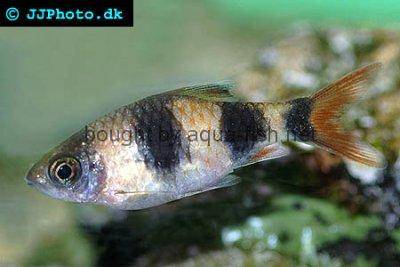




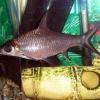 Bala
Bala 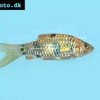 Spotted
Spotted 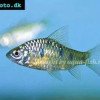 Golden
Golden 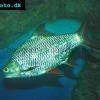 Tinfoil
Tinfoil 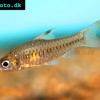 Congo
Congo 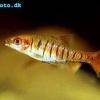 Blue-barred
Blue-barred 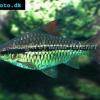 African
African 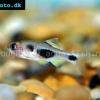 Butterfly
Butterfly 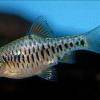 Olivegreen
Olivegreen 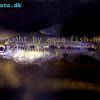 Morse
Morse 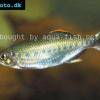 Jerdon’s
Jerdon’s 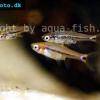 Mosquito
Mosquito 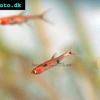 Dwarf
Dwarf 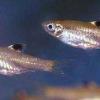 Eyespot
Eyespot 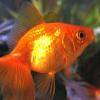 Goldfish
Goldfish 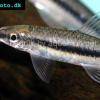 Penguin
Penguin 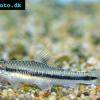 Siamese
Siamese 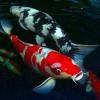 Koi
Koi 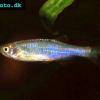 Pearl
Pearl 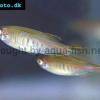 Glowlight
Glowlight 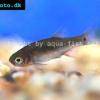 Crossbanded
Crossbanded 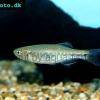 Yoma
Yoma 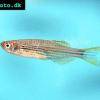 Orange
Orange 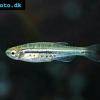 Dwarf
Dwarf 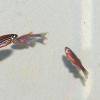 Zebra
Zebra 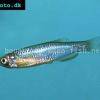 Rose
Rose 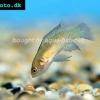 Red
Red 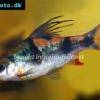 Arulius
Arulius 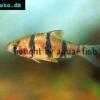 Fiveband
Fiveband 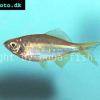 Bengal
Bengal 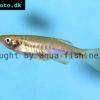 Tiger
Tiger 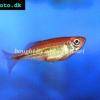 Malabar
Malabar 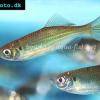 Queen
Queen 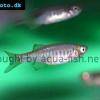 Hora
Hora 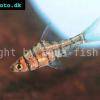 False
False 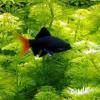 Redtail
Redtail 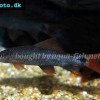 Rainbow
Rainbow 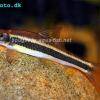 Flying
Flying 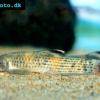 Garra
Garra 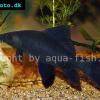 Black
Black 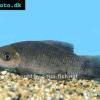 Purple
Purple 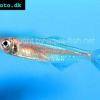 Burmese
Burmese 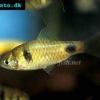 Dwarf
Dwarf 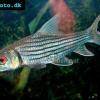 Isok
Isok 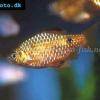 Rosy
Rosy 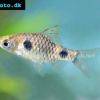 Two
Two 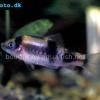 Melon
Melon 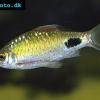 Black-spot
Black-spot 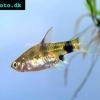 Golden
Golden 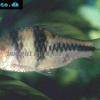 T-Barb
T-Barb 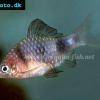 Ruby
Ruby 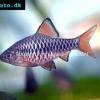 Checkered
Checkered 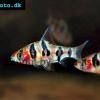 Rhomb
Rhomb 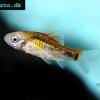 Gold
Gold 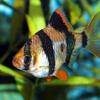 Tiger
Tiger 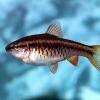 Cherry
Cherry 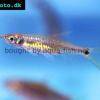 Brittan’s
Brittan’s 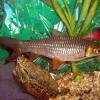 Greater
Greater 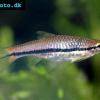 Long-band
Long-band 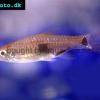 Twospot
Twospot 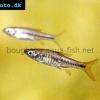 Reticulate
Reticulate 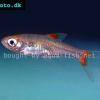 Cherry
Cherry 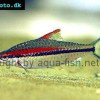 Denison
Denison 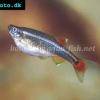 White
White 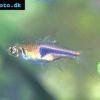 Lambchop
Lambchop 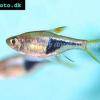 Harlequin
Harlequin